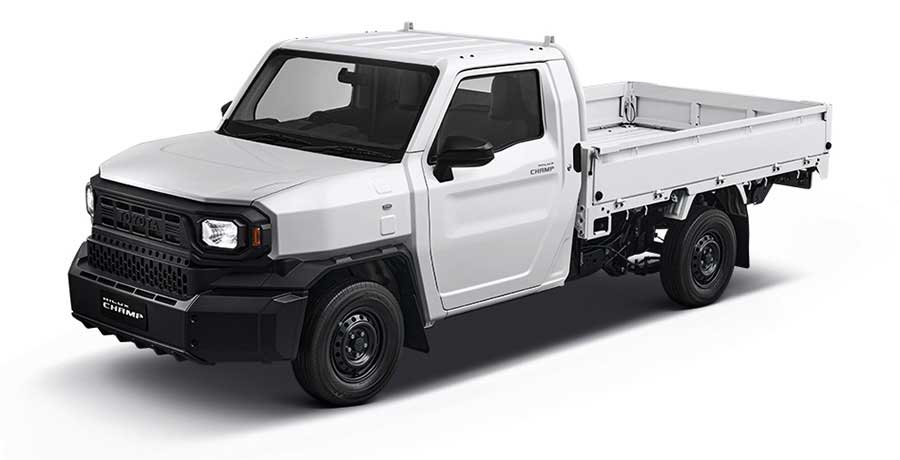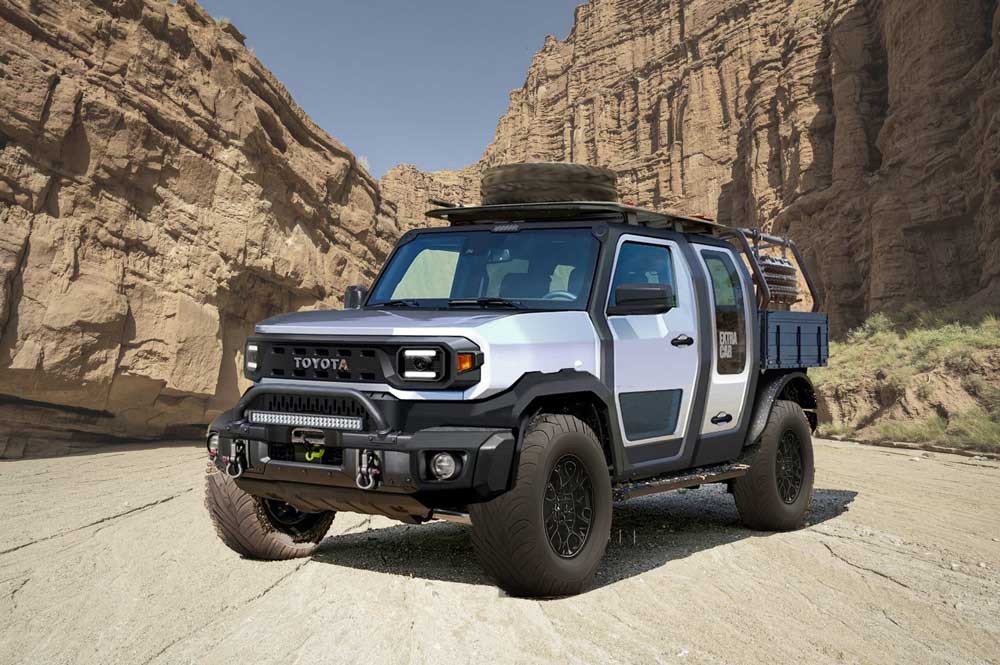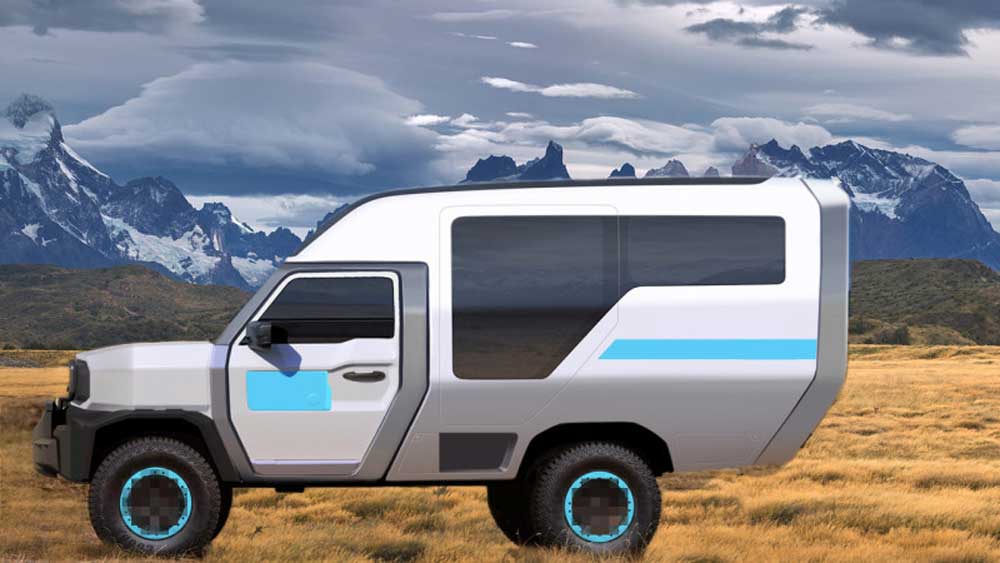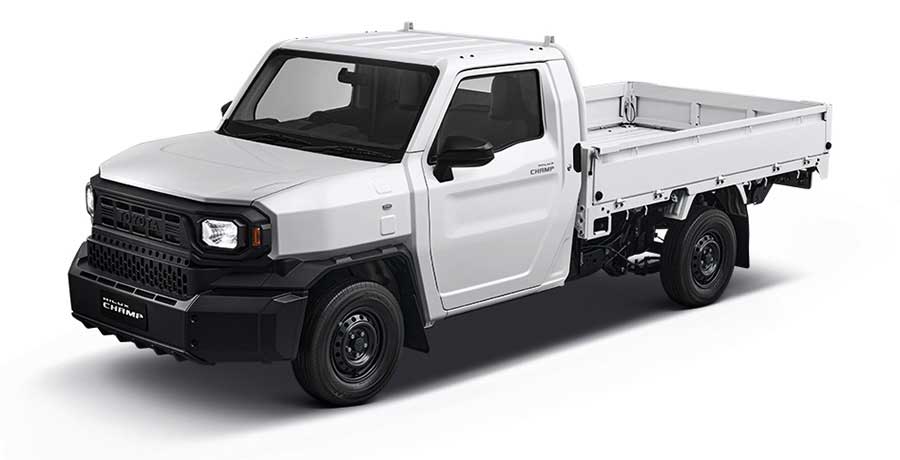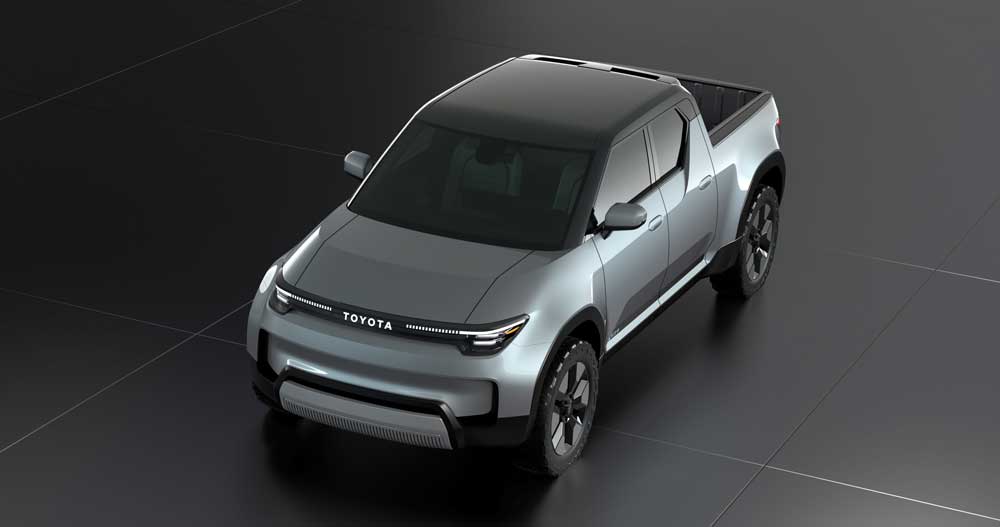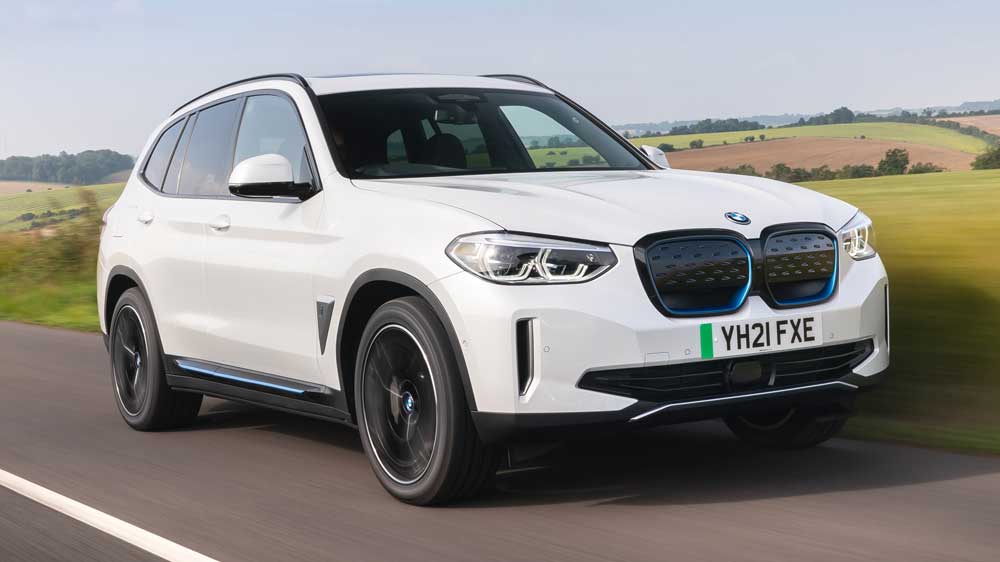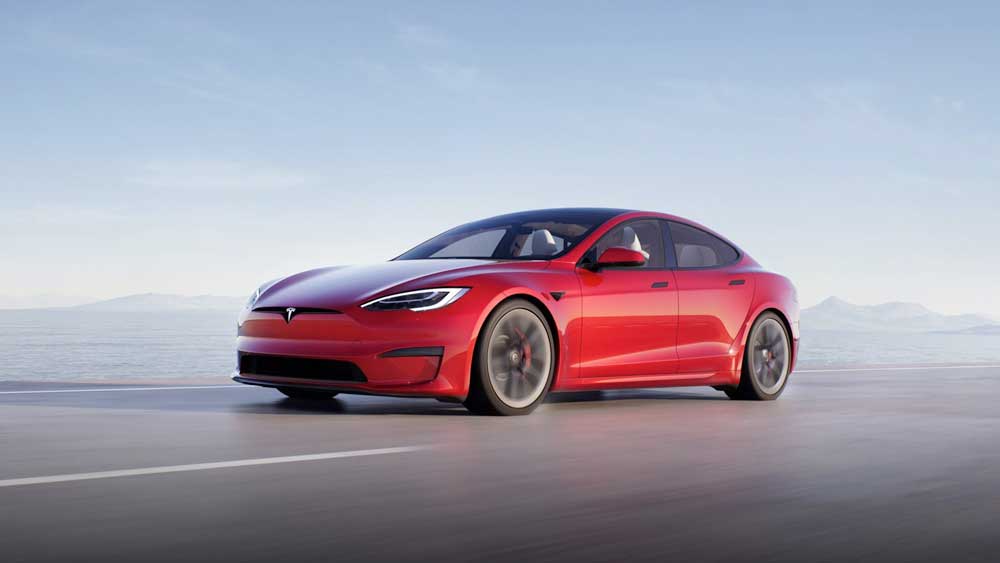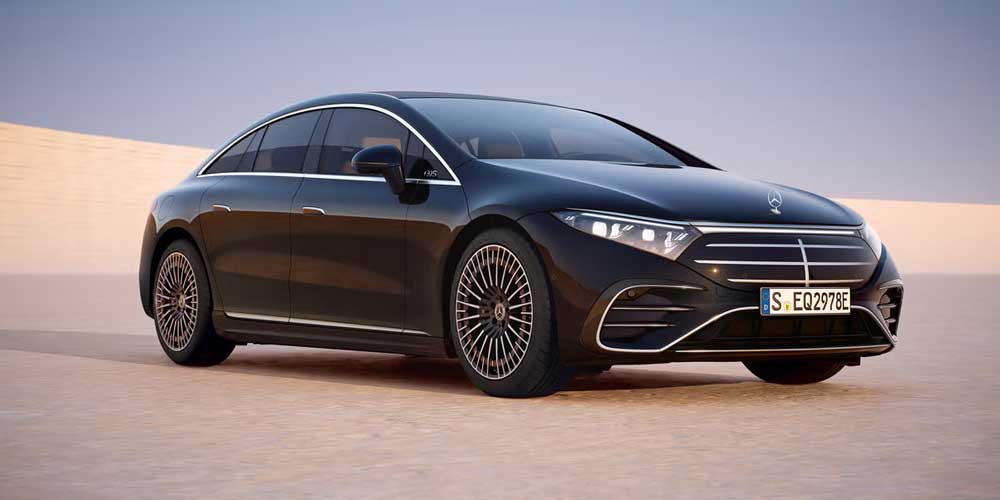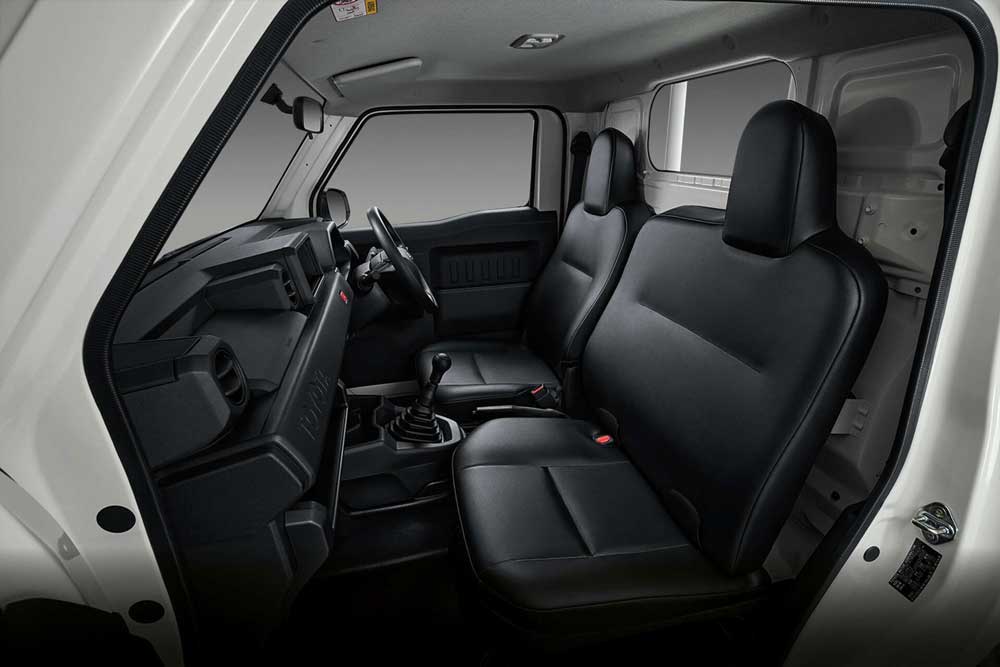Personalized & Adaptive Vehicles: The Future of Customization in Automotive Design
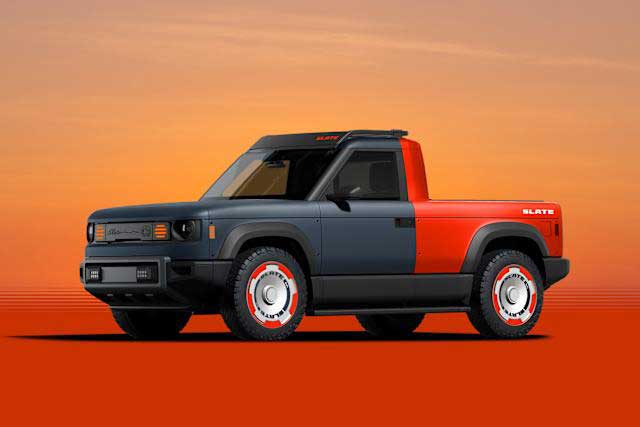
In an era where consumers are increasingly looking for products that suit their individual needs and preferences, personalized and adaptive vehicles have become a growing trend in automotive design. Gone are the days when cars were one-size-fits-all; now, the industry is evolving to create vehicles that can be tailored to fit the unique desires of each driver, passenger, and use case.
Personalization and adaptability are key aspects of modern automotive innovation, and they play a significant role in how vehicles are designed, produced, and experienced. From customizable interiors to adaptive technologies that change based on driving conditions, personalized and adaptive vehicles are reshaping the automotive landscape.
This blog post will explore the concept of personalized and adaptive vehicles, the role these innovations play in improving user experience, and how designers can incorporate these features into their own work to stay ahead of the curve.
What Are Personalized and Adaptive Vehicles?
Personalized vehicles are those that allow owners or drivers to modify or tailor various aspects of the vehicle to suit their individual preferences. This can include customizing the vehicle’s interior, exterior, performance settings, or technological features.
Adaptive vehicles, on the other hand, are those that can automatically adjust or reconfigure certain features based on external conditions or user inputs. These features could include adaptive suspension systems, intelligent climate control, or driving mode adjustments that optimize performance or comfort depending on the environment or specific driving conditions.
Together, personalized and adaptive vehicles aim to enhance the user experience by providing cars that respond to individual needs and preferences while ensuring flexibility and efficiency in different environments or scenarios.
The Role of Personalization in Modern Vehicle Design
The concept of personalization in vehicle design has evolved as consumers demand more control over their vehicles. Some key ways personalization plays a role in automotive design include:
- Interior Customization: Vehicle interiors, including seats, materials, colors, and layouts, are now often customizable to suit different tastes. For instance, some brands offer customizable seat upholstery or the option to adjust the ambient lighting within the cabin.
- Technology Integration: With the rise of infotainment systems, vehicle navigation systems, and driver assistance technologies, many cars now allow drivers to personalize user interfaces (UI) and driver profiles to ensure a personalized driving experience.
- Performance Tuning: Custom driving modes allow users to adapt the vehicle’s performance based on road conditions. For example, performance settings can adjust steering sensitivity, throttle response, and suspension stiffness to suit individual preferences or needs.
- Exterior Customization: Vehicles can be personalized with custom paint jobs, decals, and even body kits, allowing owners to express their personality or differentiate their cars from others.
This growing focus on personalization reflects a broader trend in the automotive industry where consumers are no longer passive recipients of pre-designed vehicles, but active participants in the design process.
Adaptive Features in Vehicle Design
In addition to personalization, adaptive features are becoming an integral part of modern vehicles, enhancing both functionality and user experience. Some examples of adaptive design features include:
- Adaptive Suspension Systems: These systems adjust the vehicle’s suspension to optimize comfort and handling. They can automatically adjust based on the road surface or driving conditions to provide a smoother ride or better performance.
- Automatic Climate Control: Some vehicles feature adaptive climate systems that adjust cabin temperature based on external weather conditions or user preferences. The system can also learn and remember the driver’s preferred settings.
- Adaptive Lighting: Adaptive headlights automatically adjust the direction of the headlights based on the vehicle’s speed and steering angle, providing better visibility in turns or on winding roads.
- Driving Mode Selection: Many modern vehicles feature multiple driving modes that allow the driver to adapt the vehicle’s settings to suit their current driving environment, whether it’s for comfort, sport, or eco-friendly driving.
- Autonomous Driving and Adaptability: In the era of autonomous driving, adaptive vehicles will be able to adapt to road conditions, weather, traffic, and even the driver’s emotional state, offering an entirely new level of flexibility and personalization in driving.
These adaptive systems not only improve the comfort and performance of vehicles but also create a dynamic driving experience tailored to each journey.
The Benefits of Personalized and Adaptive Vehicles
The integration of personalization and adaptive technologies offers a wide range of benefits for both consumers and manufacturers:
- Improved User Experience: Personalization allows users to customize their driving experience, enhancing comfort, convenience, and pleasure. This could be anything from adjusting the seat position and climate control to setting up custom driving modes that suit personal preferences.
- Enhanced Comfort and Efficiency: Adaptive technologies ensure that vehicles are always operating at their optimal performance, whether it’s adjusting suspension for smoother rides or optimizing fuel consumption based on driving patterns.
- Greater Accessibility: Adaptive features, such as adjustable seat heights, steering wheel adjustments, or voice control systems, make vehicles more accessible to a wide range of users with different physical capabilities or needs.
- Customization as a Competitive Edge: For manufacturers, offering personalized and adaptive features can give them a competitive edge in the market. Consumers are drawn to vehicles that feel tailored to them, making customization a key selling point.
- Sustainability: By allowing drivers to adjust energy settings or driving modes, adaptive vehicles can help reduce energy consumption, contributing to sustainability in the automotive industry.
How Designers Can Create Personalized, Adaptive Vehicles
For designers aiming to create personalized and adaptive vehicle interiors, there are several strategies to consider:
- User-Centered Design: Start by understanding the needs and preferences of your target audience. Incorporate features that allow for customization, such as driver profiles that store settings for seats, music, and climate.
- Modular Design: Use modular components that allow easy customization of vehicle interiors. For example, design seats, storage units, and dashboards that can be easily swapped out or adjusted to accommodate different preferences.
- Intuitive Technology: When implementing adaptive technologies like voice recognition, gesture control, or driver-assistance systems, ensure that these systems are intuitive and easy to use. Strive for simplicity in interaction to enhance the user experience without overwhelming the driver.
- Sustainability in Customization: Consider sustainable materials and eco-friendly options for customizable interiors and adaptive features. Offer choices like recycled fabrics, biodegradable plastics, or energy-efficient adaptive systems that contribute to both personalization and environmental responsibility.
- Incorporate Flexibility: In adaptive systems like driving modes or interior lighting, ensure flexibility is built into the design, allowing users to adjust settings quickly and easily based on their current needs.
Case Studies: Leading Examples of Personalized and Adaptive Vehicles
Several manufacturers are already integrating personalized and adaptive features into their vehicle designs. Here are a few notable examples:
- BMW iX3: BMW’s iX3 electric SUV features adaptive driving modes that adjust the car’s settings based on weather, road conditions, and driving style. The interior is highly customizable, with adjustable seating positions, ambient lighting, and personalized technology settings for an improved driving experience.
- Tesla Model S: Tesla offers extensive personalization options through its advanced infotainment system, driver profiles, and custom driving modes. The autopilot system is adaptive, learning from the driver’s preferences to adjust its behavior.
- Mercedes-Benz EQS: The EQ Mercedes-Benz sedan features adaptive comfort features such as active air suspension and personalized ambient lighting that adapts to different moods and driving conditions. The vehicle’s interior is designed for personalization, with a focus on comfort, luxury, and technology integration.
The Future of Personalized and Adaptive Vehicle Design
As the automotive industry continues to evolve, the future of vehicle design will increasingly revolve around creating vehicles that are highly personalized and adaptive to the needs of the driver. With advancements in autonomous driving and smart technology, vehicles will be able to automatically adjust to new conditions, driving styles, and user preferences.
Future vehicles may integrate even more adaptive systems, including emotion-sensing technologies, augmented reality dashboards, and AI-powered personal assistants that help create a truly personalized driving experience.
Conclusion: Embracing Customization and Adaptability in the Automotive Industry
Personalized and adaptive vehicles represent the next frontier in automotive design, where technology, comfort, and functionality come together to create a seamless and customized experience. By embracing these trends, designers have the opportunity to shape the future of vehicle cabins—where vehicles not only adapt to users but also evolve with them over time.
As the demand for personalization and adaptability continues to rise, the automotive industry will see the emergence of more innovative, flexible, and user-centered designs that offer truly unique driving experiences.
References
- Ford, L. (2020) The Future of Personalized Vehicles: Customization in the Automotive Industry. Journal of Automotive Design, 39(5), pp. 78-90.
- Toyota Motors (2021) Adaptive Features in Modern Vehicle Design. Available at: https://www.toyota.com.
- Fujimoto, Y. & Jacobs, B. (2020) Personalization and Adaptability in Autonomous Vehicles. AutoTech Review, 21(2), pp. 34-46.
- Smith, H. (2021) Personalized Driving: Customizing the Future of Vehicle Interiors. Automotive Design Journal, 30(3), pp. 12-25.
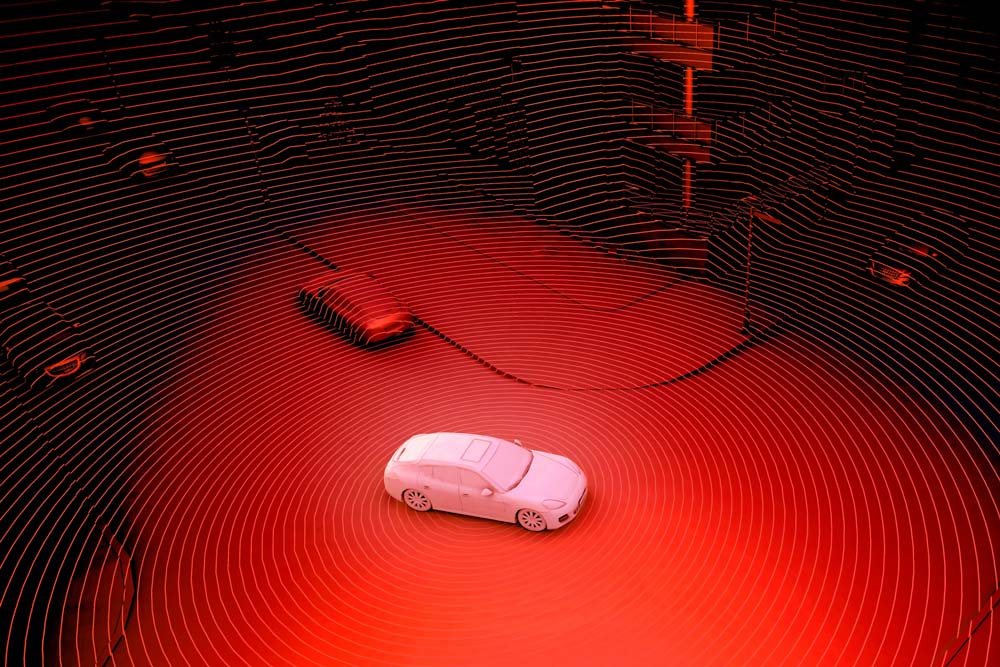
Introduction Modern vehicle design is no longer just about performance and aesthetics—it’s also about enhancing the overall well-being of drivers…
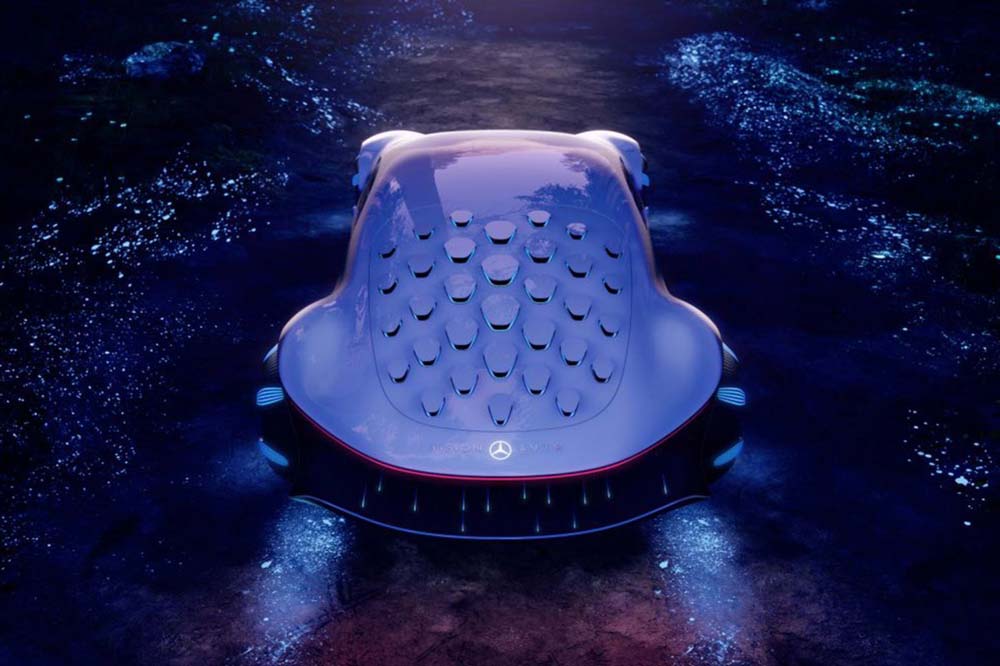
Introduction: The Growing Influence of Bio-Inspired Design As the automotive industry moves towards more sustainable, efficient, and innovative designs, bio-inspired…
